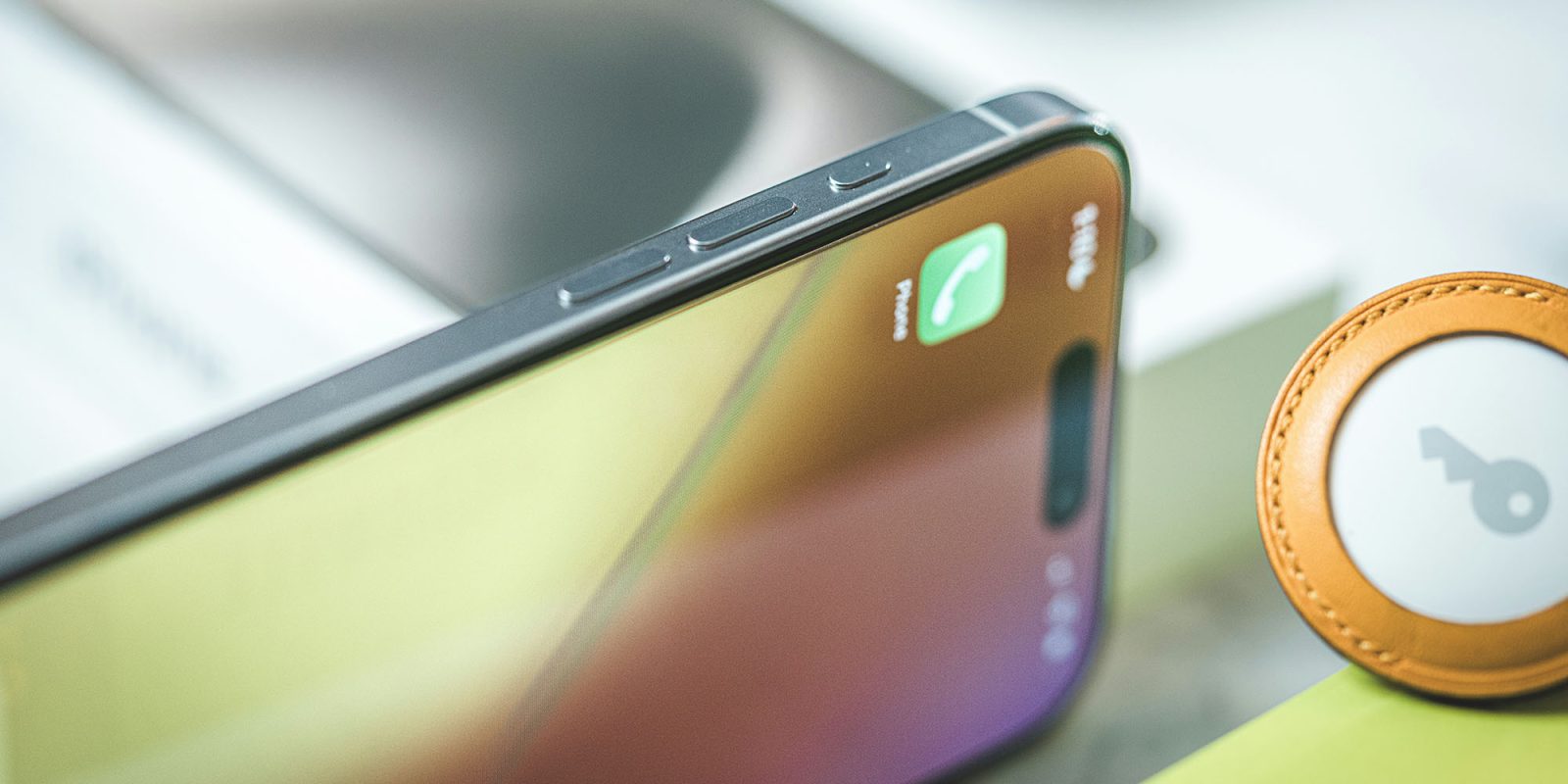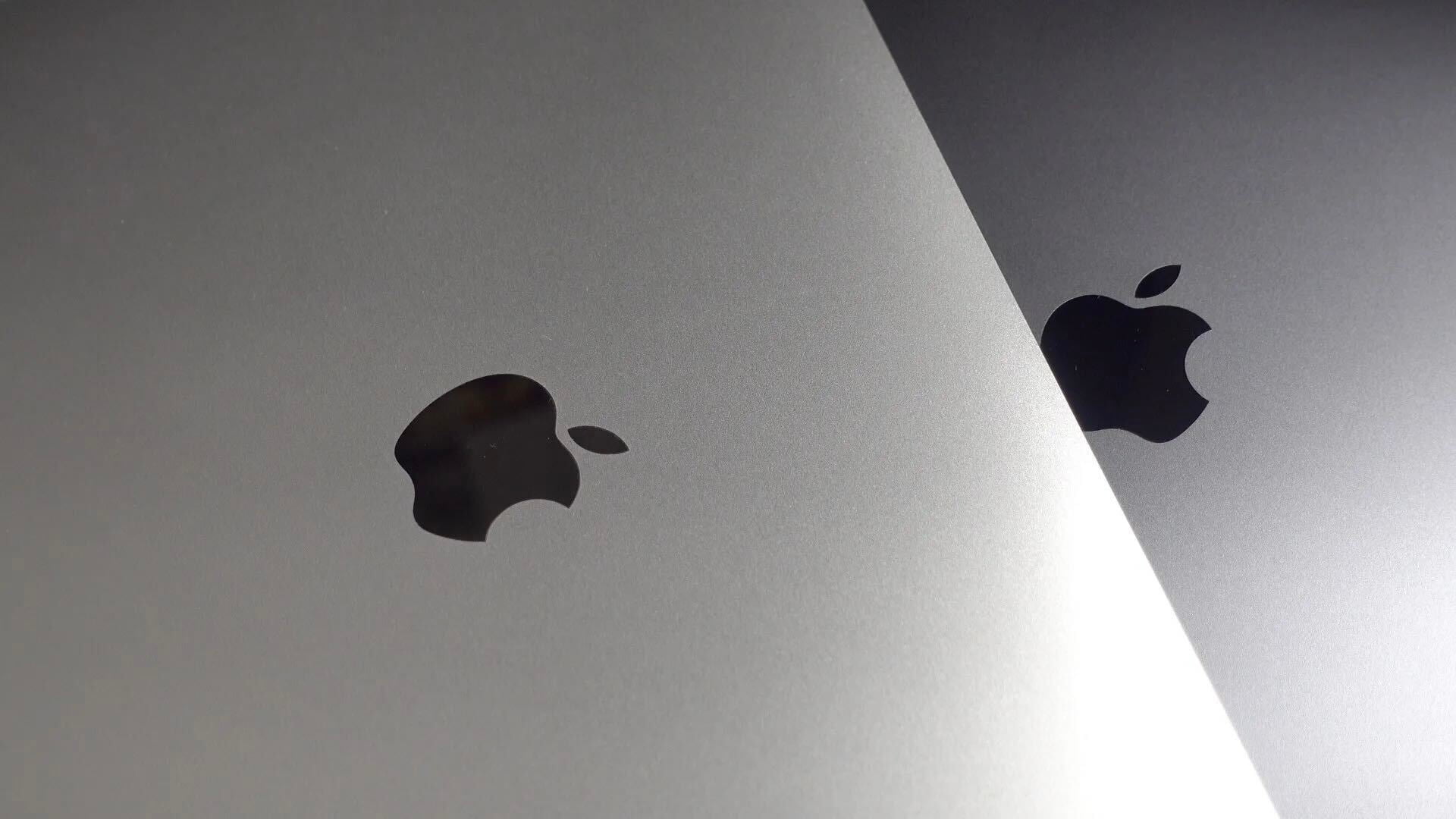Secure Our Smartphones Coalition Statement On Release Of Apple’s iOS 7
Gascón & Schneiderman: After Months Of Pressure, Apple Responds With The World’s First Attempt To Implement A Technological Solution To The Global Smartphone Theft Epidemic
SAN FRANCISCO — San Francisco District Attorney George Gascón and New York Attorney General Eric T. Schneiderman released this joint statement following today’s deployment of Apple’s newest operating system, iOS 7:
“After months of pressure from a global coalition of elected officials and law enforcement agencies, we are pleased that Apple is set to release a new mobile operating system that includes a theft deterrent feature called Activation Lock. This is an important first step towards ending the global epidemic of smartphone theft.
“In the months ahead, it is our hope that Activation Lock will prove to be an effective deterrent to theft, and that the widespread use of this new system will end the victimization of iPhone users, as thieves learn that the devices have no value on the secondary market. We are particularly pleased that – because Activation Lock is a feature associated with Apple’s new operating system as opposed to a new device – it will be available to consumers with older phone models who download the free upgrade.
“While it is too early to tell if Activation Lock will be a comprehensive solution to the epidemic of ‘Apple Picking’ crimes that have victimized iPhone and iPad owners around the world, we believe it is a step forward and strongly urge iPhone users to download iOS 7, and most importantly, ensure they utilize both an Apple ID and Find My iPhone. We also encourage Apple to make Activation Lock a fully opt-out solution in order to guarantee widespread adoption, and strongly urge the other leading manufacturers of smartphones to quickly implement effective theft deterrents that protect their customers from violent crime.”
Gascón and Schneiderman also urge consumers to enable basic security features such as a password or the newly available fingerprint scanning technology on the iPhone 5S. While password and fingerprint scanning security features can help protect data on a device, they do not deter thieves from stealing smartphones. Theft deterrence for iPhone users will occur only if adoption of iOS 7, and the utilization of an Apple ID and Find My iPhone is widespread. Additionally, the success of Activation Lock is largely dependent on the failure of hackers’ rumored exploits.
Finally, they noted that simply downloading iOS 7 and enabling Activation Lock through the use of an Apple ID and Find My iPhone does not mean consumers are safe from potential theft. Even if Activation Lock proves effective, thieves will not react overnight. Accordingly, it is vital that consumers beare aware of their surroundings at all times, especially when using their smartphones in public places.
The Secure Our Smartphones (SOS) Initiative coalition is a groundbreaking coalition of state Attorneys General, major city Mayors, District Attorneys, major city Police Chiefs, state and city Comptrollers, public safety activists and consumer advocates from around the world. This initiative is working to encourage the industry to implement meaningful solutions that will end the national epidemic of violent thefts of mobile communications devices such as smartphones and tablets.
For more information on efforts by District Attorney Gascón and Attorney General Schneiderman to combat “Apple Picking,” visit the San Francisco District Attorney’s website and the New York State Attorney General’s website.









